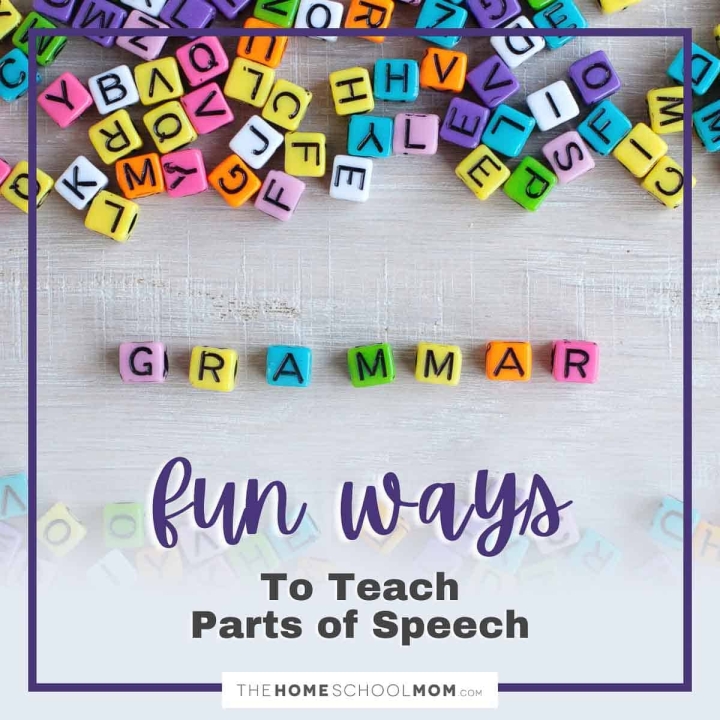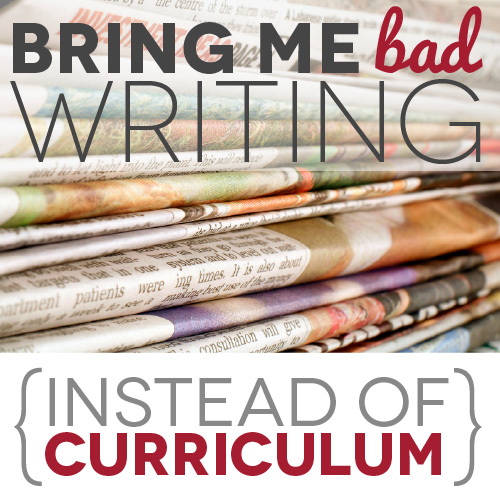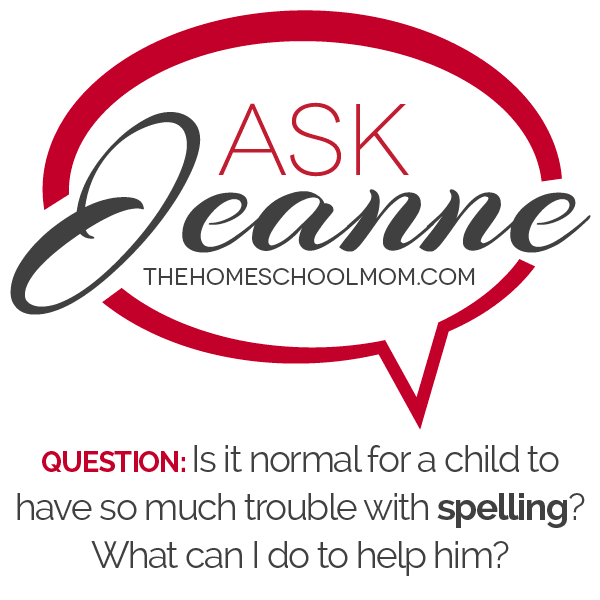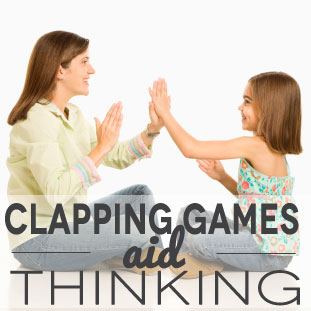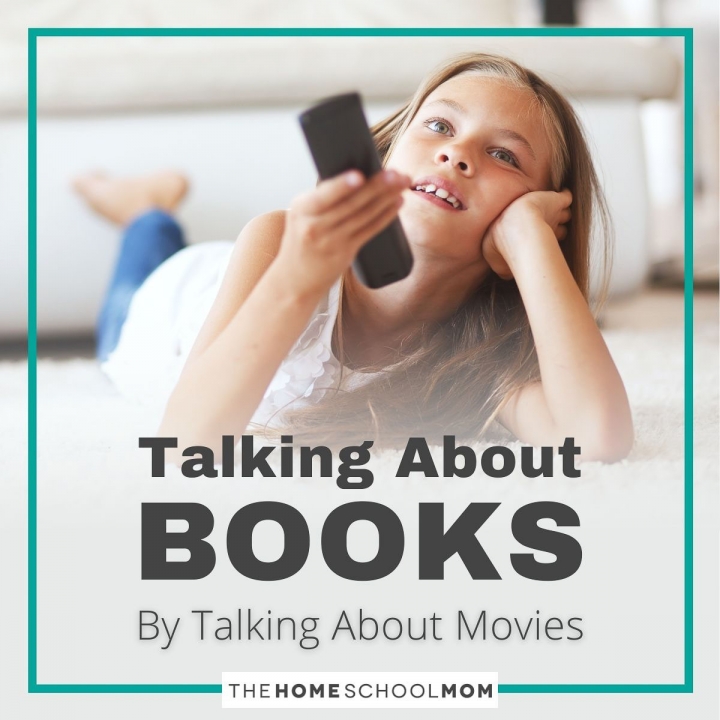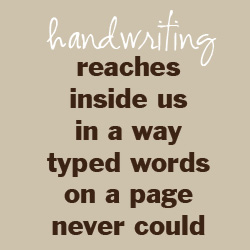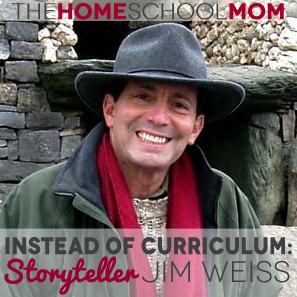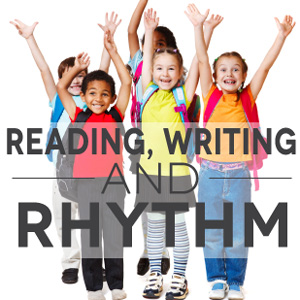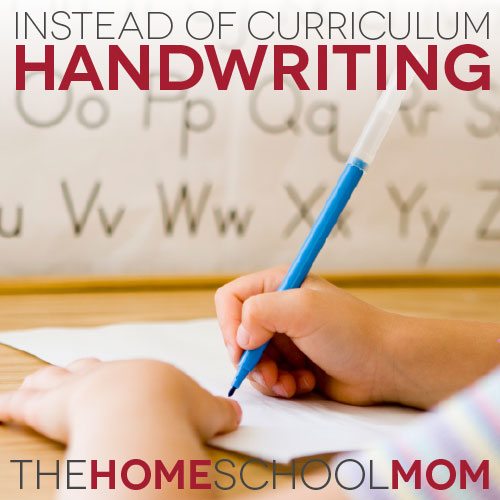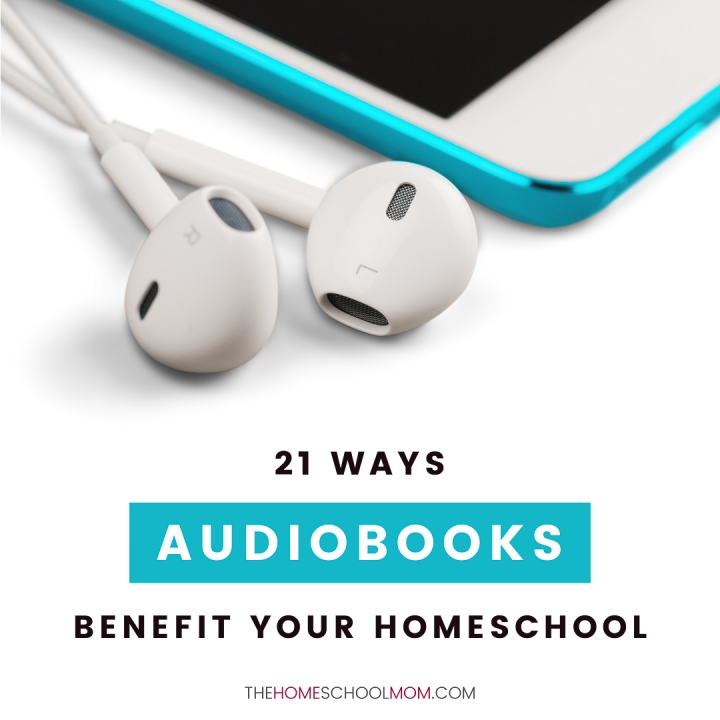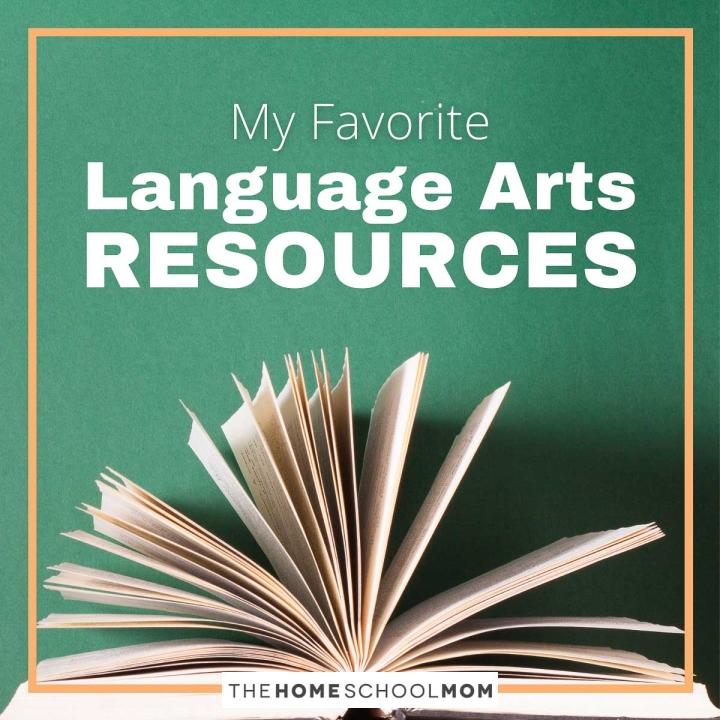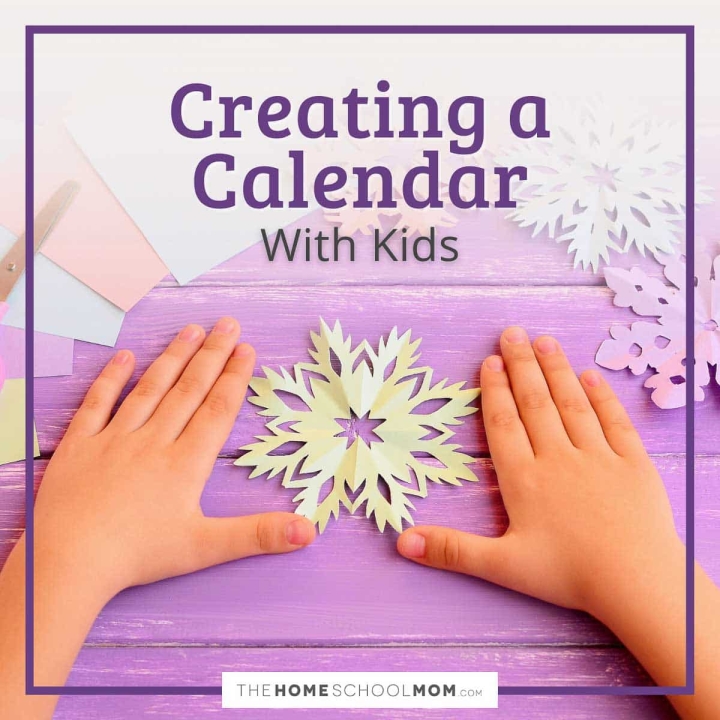Language Arts
-
Where to Find Free Audiobooks for Homeschooling
-
English Composition for High School
-
Fun Ways To Teach Parts of Speech
-
22 Movies and TV Shows Based on Books Currently Playing on the Disney+ App
-
Tips for Editing Your Child's Writing
-
Play on Words
-
Cut Out the Busywork . . . Try Notebooking!
-
Instead of Curriculum: Bring Me Bad Writing
-
Bringing Literature into Your Child’s Life
-
Ask Jeanne: Concerns about Spelling
-
Right-Brained Reading
-
Ask Your Kids To Predict The Future
-
Clapping Games Aid Thinking
-
Self-Editing Checklist
-
Talking About Books By Talking About Movies
-
Hardwired for Writing: The Intelligence of the Hand
-
Instead of Curriculum: Storyteller Jim Weiss
-
Reading, Writing, and Rhythm
-
Choosing a Homeschool Language Arts Curriculum
-
Describing a Person: Adding Details
-
Choosing Color Words When Writing
-
LibriVox Free Audiobooks for Homeschooling
-
Instead of Curriculum: Handwriting Practice
-
Right-Brained Reading Strategies, Part 2
-
21 Ways Your Homeschool Can Benefit from Audiobooks
-
No Curriculum Needed Vocabulary Lessons
-
Getting More Mileage from Writing Assignments
-
My Favorite Homeschool Language Arts Resources
-
Excellent Series Books for Children Ages 6-10
-
Creative Writing: Writing a Day in the Life Story
-
Right-Brained Reading Strategies
-
Creating a Calendar with Kids
-
How To Raise Vocabulary Geeks
-
Speed Scrabble: Boost Spelling and Vocabulary





